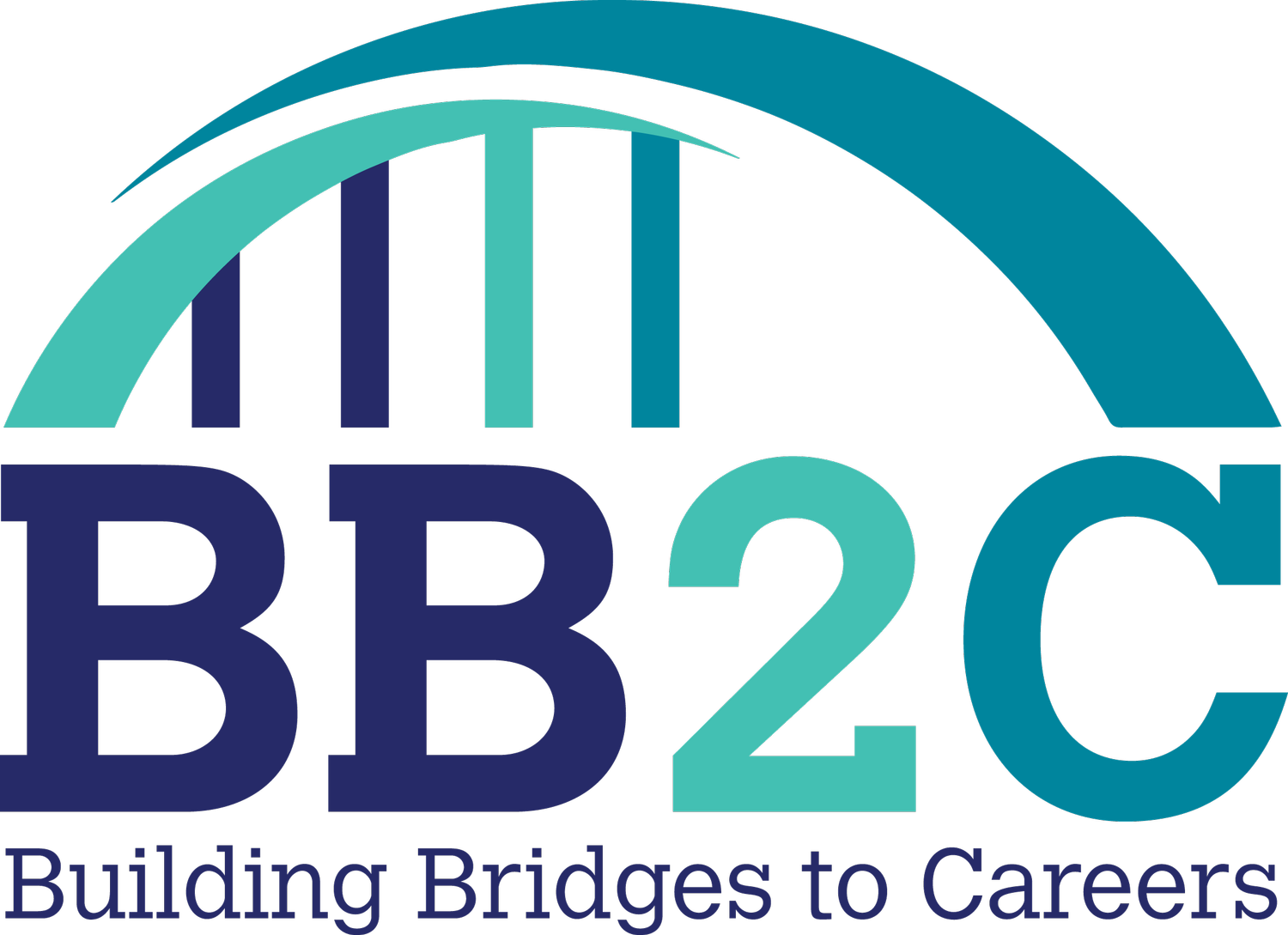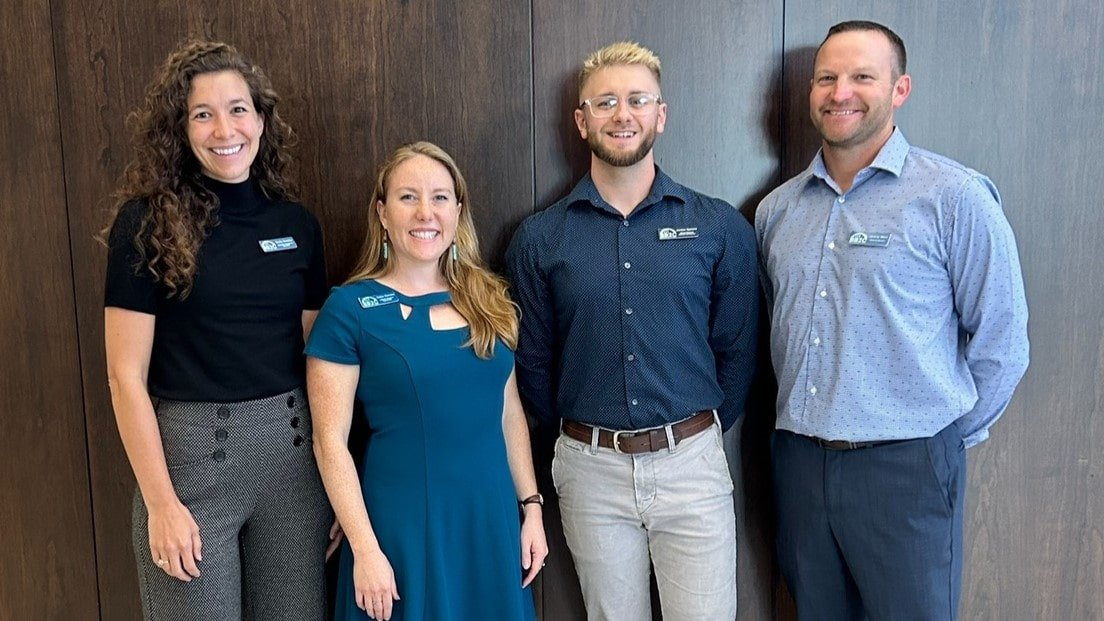Asset Mapping in the Network
The BB2C Network Team from left to right: Emily Bentley, Education Engagement Specialist; Claire Ramsey, Network Resource Coordinator; Jordan Spence, Network Regional Coordinator; Jeremy Ward, Network Director
Emily Bentley, BB2C Network Education Engagement Specialist
BB2C’s Network team has been busy across the region meeting with school districts to help facilitate goal setting and asset mapping sessions. With expansion of BB2C’s Network and growing partnerships, our Network team is poised to help clarify and assess programming across the region and further cultivate relationships to connect opportunities among schools and organizations. Asset mapping has emerged as a way to help accomplish these goals.
The BB2C Network Map
The BB2C Network supports and expands community & career connected learning (CCCL) opportunities for students in Southeastern Ohio and beyond. We work to bridge the gap between education and employment by sharing resources and cultivating relationships that create opportunities between schools, businesses, and local communities.
Community and Career Connected Learning (CCCL) is a learning system integrating community partnerships and career awareness into experiential, place-based learning. While working to bridge the gap between education and employment, we recognize that our work isn’t merely “career readiness”, but rather helping students find their place and engage authentically within their local communities. Our emphasis extends beyond workforce development to consider how we can support our students in developing meaningful connections that help build thriving communities.
Asset mapping involves identifying and leveraging available resources, determining opportunities for growth, and developing aligned goals to meet student AND community needs. The process begins by meeting with school district leadership and personnel to discuss what resources exist, community needs, and how schools can help provide experiences and opportunities for students to engage within their communities- while in school and after graduation. From this initial asset mapping session, our Network team helps schools pinpoint a community and career connected learning goal, determine aligned metrics, and then responds with how we can uniquely support each school in meeting their goals.
Since September, we’ve met with six regional school districts, with two more asset mapping sessions on the horizon. Asset mapping has resulted in teacher/ stakeholder perception survey development, engagement with local business and community partners, increased connections between schools engaged in this work, and plans to implement our Real World Problem Scenario Program. We recognize that within our diverse region, schools and communities have unique assets. By taking the time to unveil these assets, we’re helping schools create coherent plans for supporting our region’s most vital resource- our students.


